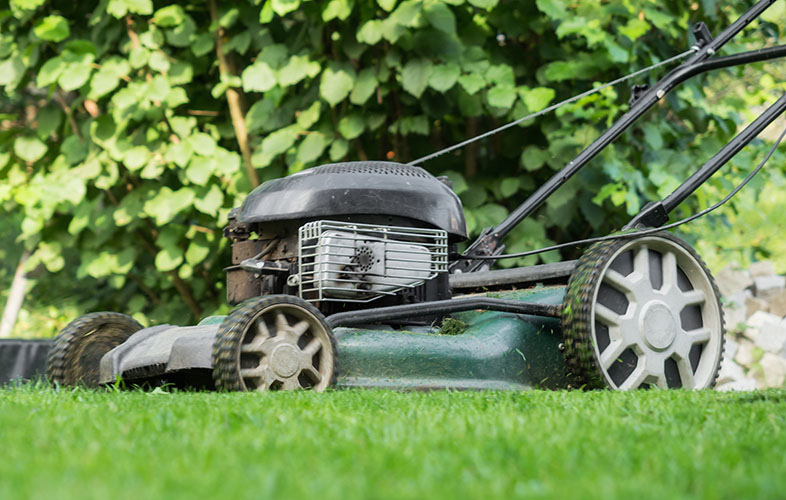(Illinois, Indiana, Iowa, Kansas, Michigan, Minnesota, Missouri, Nebraska, North Dakota, South Dakota, Wisconsin)
How to Prepare Your Lawn for Winter
If you live in a northern or Midwestern state, your lawn needs extra prep before the frost hits. Here’s how to winterize your yard like a pro:
- Fertilize in late fall to strengthen roots and promote early spring green-up.
- Mow one last time before the ground freezes, lowering your blade slightly to prevent snow mold.
- Clear fallen leaves or mulch them to prevent smothering your grass.
- Trim trees and shrubs to protect them from ice damage and harsh winds.
- Aerate compacted soil to improve drainage and oxygen flow before the first frost.
Cold-season grasses such as Kentucky Bluegrass, Ryegrass and Fescue respond best to fall preparation. They thrive in cooler temperatures and store nutrients during dormancy, allowing them to bounce back faster once the snow melts.
The Benefits of Fall Fertilization
Late fall fertilization gives cool-season grasses a nutrient boost before dormancy. This builds roots, enhances color retention and promotes vigorous spring growth. Using a slow-release fertilizer with nitrogen can also reduce patchiness and help your turf recover from summer stress.
Preventing Snow Mold and Lawn Diseases
As snow melts, you may notice circular patches of matted or discolored grass. This is snow mold, a common winter fungus.
- Gray snow mold affects the blades and leaves grayish-white patches.
- Pink snow mold has a whitish-pink appearance and can damage the crown.
To reduce the risk of snow mold:
- Avoid heavy thatch buildup.
- Keep the grass short for the final mow.
- Rake out matted areas in early spring.
Protecting Trees and Shrubs from Cold Weather
Winter can stress trees and shrubs as much as turf. Protect your landscape by:
- Applying a slow-release fertilizer in late fall.
- Pruning dead or damaged branches before snowfall.
- Wrapping vulnerable trees in burlap to shield against freezing winds.
- Mulching around the base to help insulate roots.
Pro Tip: TruGreen offers seasonal tree and shrub care services to help protect your landscape year-round.


 Branch Finder
Branch Finder













 Back to all blogs
Back to all blogs

Facebook
X
Youtube
Copy Link
Email